Summer is Pitta season. Pitta means heat. It’s hot. I presume you’ve noticed?
There are six foods I lean into during the summer that I want to share with you. These are good any time, any day in summer, and any time, any season for summer people (meaning people of pitta constitution).
In fact, these six are so fundamental to Ayurveda and its approach to “hot bodies” that it could be considered the ABCCCD’s of summer!
The Egyptians referred to aloe as the “plant of immortality” and placed it with the funerary gifts buried with the pharaohs. Not only the Egyptians, but the Chines, Greeks and Romans loved aloe, too. It is traditionally used to heal wounds, relieve itching and swelling, and is known for its anti-inflammatory and antibacterial properties.
The leaves of Aloe Vera are made up of a clear, viscous gel that is 96% water. The other four percent contains 75 known substances including Vitamins A, B, C, E, calcium, amino acids for protein building, and enzymes used in digestion.
In addition to the skin, aloe helps heal other epitheliums in our body including the lining of the gut, the bronchial tubes and the genital tract. When taken internally, aloe vera aids the digestion and absorption of nutrients while clearing toxins out of the g.i. tract, helps control blood sugar, increases energy production, purifies the blood, reduces inflammation, promotes cardiovascular health, improves liver function, encourages cellular renewal, boosts the immune system, and cools your internal fires.
Please note: Pregnant women and children under five should not take aloe vera internally.
- For skin health and digestive healing, you can take 1 tablespoon of Aloe juice in the morning.
- One of my favorite smoothies, this Green Goddess Morning Glory, features aloe as a key ingredient.
- For a very simple tonic, mix together 1/3 cup Aloe juice with 1/2 cup water and 1 tablespoon black cherry concentrate to make an Aloe drink which you can have as a morning wake-me-up, or about an hour before bed, as an evening tonic to help “chill” and ease into sleep.
Scientific studies in Germany (1967) and Japan (1986) show burdock to have powerful antifungal and antibacterial actions. It is such a good blood purifier that Native Americans used it for venomous bites, and it is highly regarded for irritable skin conditions like eczema.
You often find burdock root in the bulk section of your local market.
- Place a handful of the root pieces in a teapot in the morning, pour boiling water up to the rim (4 cups), and stir in a few mint leaves or a few seeds of fennel. Allow it to cool a bit, then pour through a strainer into a glass. If needed, stir with a teaspoon of maple syrup.
- You can also add burdock to soups and stews. Just toss it in early and cook long enough to soften.
Cilantro
Cilantro is called Coriander leaves in most parts of the world, including in India where Ayurveda originated thousands of years ago. In the U.S., Coriander only refers to the cilantro seed.
Cilantro/Coriander is a source of Vitamins B, C, & K, phosphorus, calcium, magnesium, iron, phyto-nutrients, and flavonoids. It helps with digestion, relieves intestinal gas, prevents nausea, and regulates appetite. Coriander is a mild diuretic, an anti-inflammatory, and contains anti-histamines, flavonoids and phenols that help with allergies.
Cilantro/Coriander promotes proper functioning of the liver and as a beneficial source of dietary fiber, it facilitates bowel movements, helps with diarrhea, and is shown to protect against urinary tract infections.
Researchers in Portugal found that oil extracted from coriander seeds can kill bacteria such as E. coli, which are related to food-borne diseases. This spice also has anti-fungal properties. Natural compounds in coriander leaves remove toxic heavy metals from the body without any side effects.
- Cilantro has so many benefits that it is a common garnish on many Ayurvedic meals, and you can add a few leaves to just about anything. This Cilantro Pesto is a delicious way to add flavor to soups, stews, salads.
- You can make a cleansing water by blending handfuls of it, stems and all, with water. Strain snd dilute with coconut water or apple juice if it is too bitter.
- Once the above is strained, you can make a poultice of the cilantro by applying topically to skin to help calm redness and irritability.
- To make a poultice, wash a bunch of cilantro. Pick out the brown or spoiled leaves and put the rest in a high-speed blender. Use stems and leaves. Add a half cup of water and blend on high until the cilantro is thoroughly liquefied. Strain, saving the liquid for your cilantro tonic. Apply the pulp to your skin, directly on the rash. Cover with a wrap so it holds.
For its chill factor and numerous other benefits, Coconut, grown in the hot tropics where it is practically always summer, is that perfect hot season food. Offering sweet, healthy hydration to restore moisture, minerals and electrolytes, coconut is so delicious and so perfect for humans it has even been used in I.V. drips.
- Coconut’s sweet taste perfectly balances hot spices, and its creamy texture makes it a delicious substitute for milk in recipes. I have a lot of coconut recipes here on my blog, including a recipe for homemade, healthy sunscreen, and a raw, sugar-free, gluten-free, dairy-free, so free it could be called freedom Coconut Cream Pie.
Cucumber
When it comes to therapeutic summer foods, cucumber is at the top of my list of thirst-quenching, instant-cooling vegetables. As a diuretic, it is an effective reducer of heat and inflammation, and a good skin remedy. The moisture-promoting, juicy cucumber contains more than 90% water and is rich in minerals.
According to Rebecca Wood, brilliant author of the equally brilliant, must-have resource, The New Whole Foods Encyclopedia, cucumber assists in cleansing and purifying blood, positively affects the heart and stomach, and contains erepsin, a digestive enzyme that is useful in breaking down protein, cleaning the intestines and clearing them of parasites (such as tapeworm). Cucumber increases kapha and brings pacification to vata and pitta.
- Cucumber is so well appreciated for its cooling benefits, beauty experts have advocated the cucumber slice on the eyes treatment for centuries. Did you know your eyes are an expression of pitta in your body? So it makes sense to cool your eyes in the summer to bring down heat in you body, and cucumbers are one way of doing that.
- Bring cucumber peels on summer activities with you so that if you or a loved one begins to overheat, you can place a cucumber peel on the back of the neck, at the temples, or over closed eyes. Back home, whip up this Cucumber Refresher or this refreshing Persian Cucumber Salad to relax and chill.
Dandelion
Dandelion root and its greens (the whole plant is medicinal) have been used as tonics and liver medicines in European folk medicine since the time of the ancient Greeks, and Hippocratic medicine, which we believe emerged from the Greeks interactions with Ayurvedic doctors and Yogis (thanks to Alexander the Great!).
In Ayurveda, Dandelion is used to treat various liver disorders such as jaundice, cirrhosis of the liver, and enlargement of the liver. Chronic disease of the metabolism and internal organs, especially gout and liver disease are some of the most consistent, long-standing indications for Dandelion and it is a fact that it is one of the best agents with which to intervene in chronic rheumatic disease.
- Add fresh dandelion leaves to your salads. Its peppery, astringent bite is especially good with fresh vegetables like cucumbers or fresh fruit as in this berry peach panzanella.
- Try this Beauty Brew with dandelion, peppermint, nettles, rose, lemon balm, lavender and chamomile to cool and relax, while healing and rejuvenating skin.
My Ayurvedic Summer Cleanse is full of these cooling ingredients in delicious and effective pitta reducing recipes. We have just begun, and it is not too late to join us! It is only 5 days, and all by donation so everyone can participate. You get amazing support, daily emails and lots of loving, kind souls to keep you inspired and on track.
Enjoy summer, and let me know how I can help you to remember that nature is Love, loving you all the time.
Namaste!
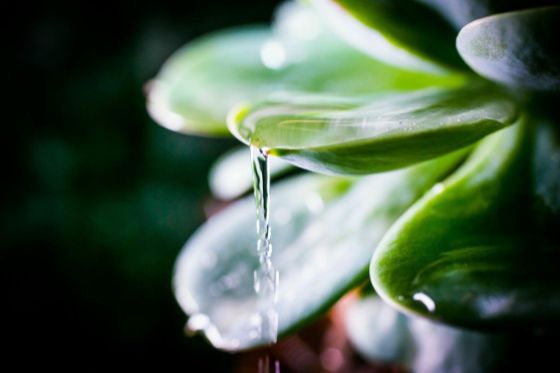
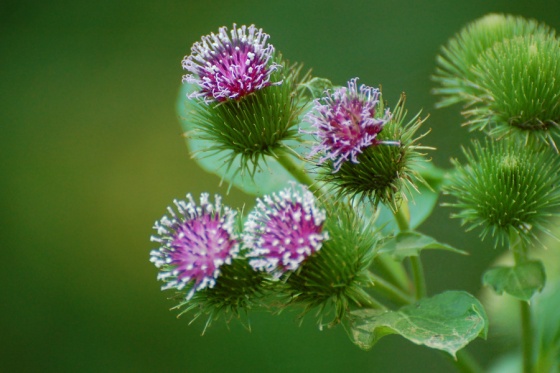
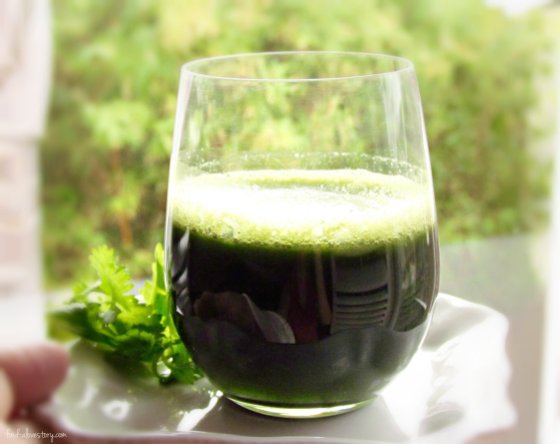
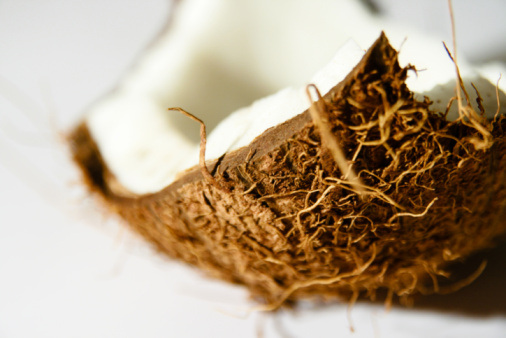
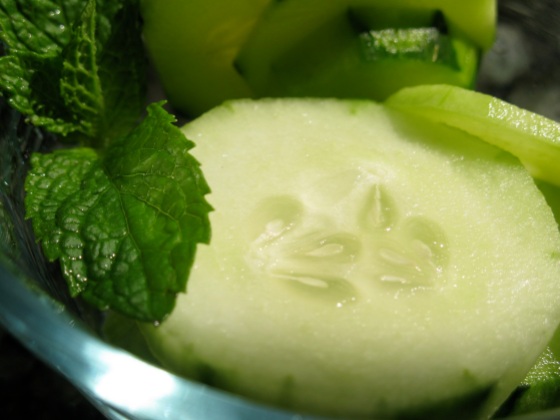

Hi Laura,
Please note that my email has changed: werge10@ icloud.com.
I love hearing from you, so please update in my profile. Thank you and Namaste, Linda >
Hm. As its a blog, I think you have to prom with your new email address. But I will see if I can get it sorted. Thanks Linda!
Received this one!
Sent from my iPhone
>
This is another fabulous offering. Thank you honey.
M
>
Thank you Mama!
Laura, I cannot tell you how much I loved this post, and learned from it. A sincere thank you for the time and effort it took to organize and share this information. You have such an approachable ease teaching Ayurveda, I just love learning from you!
Also, where do you buy your Aloe Vera juice? Any brands you like in particular?
Thank you, Katie. Your posts are often so thorough and richly informative! I pick aloe form our garden, and order it from my friend Phoebe who is with a company called Forever Living. Their’s has a lovely taste and texture.